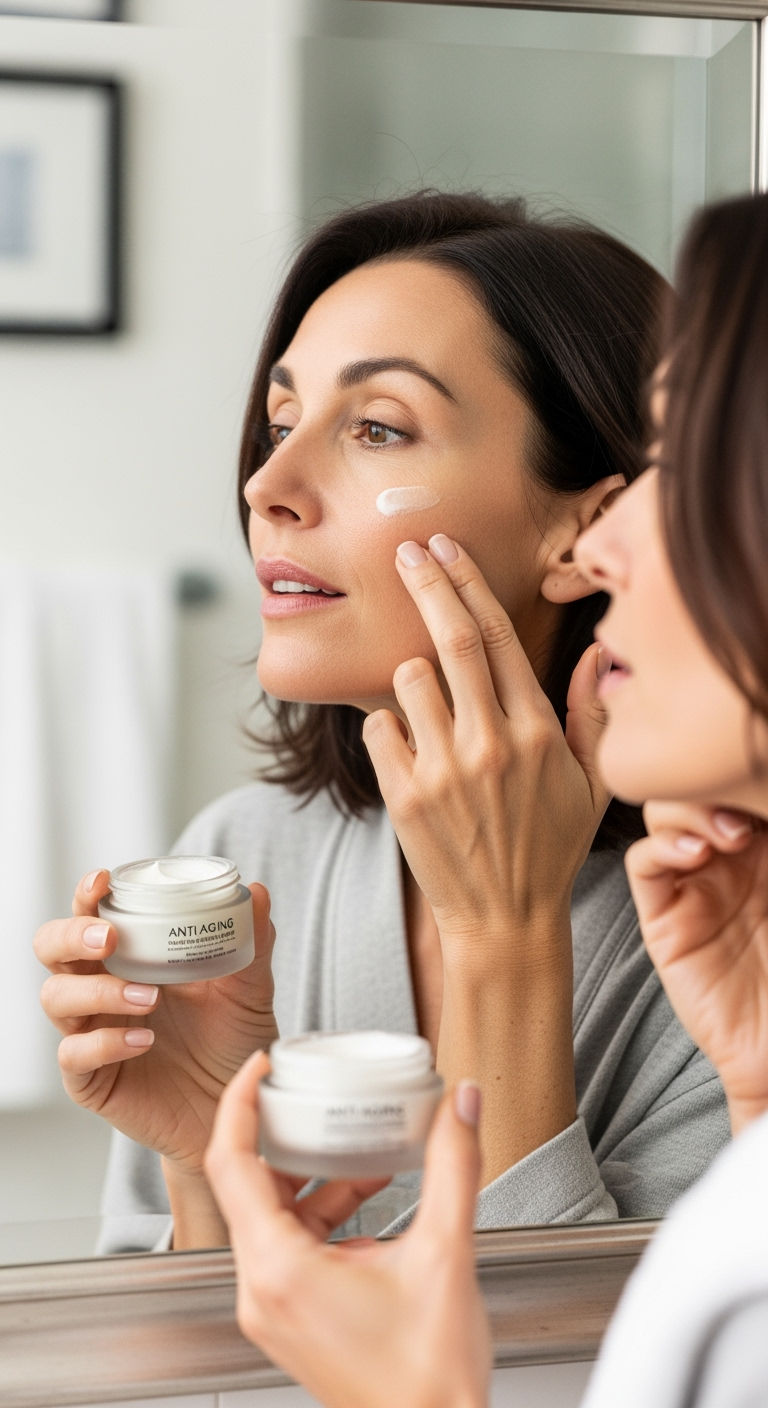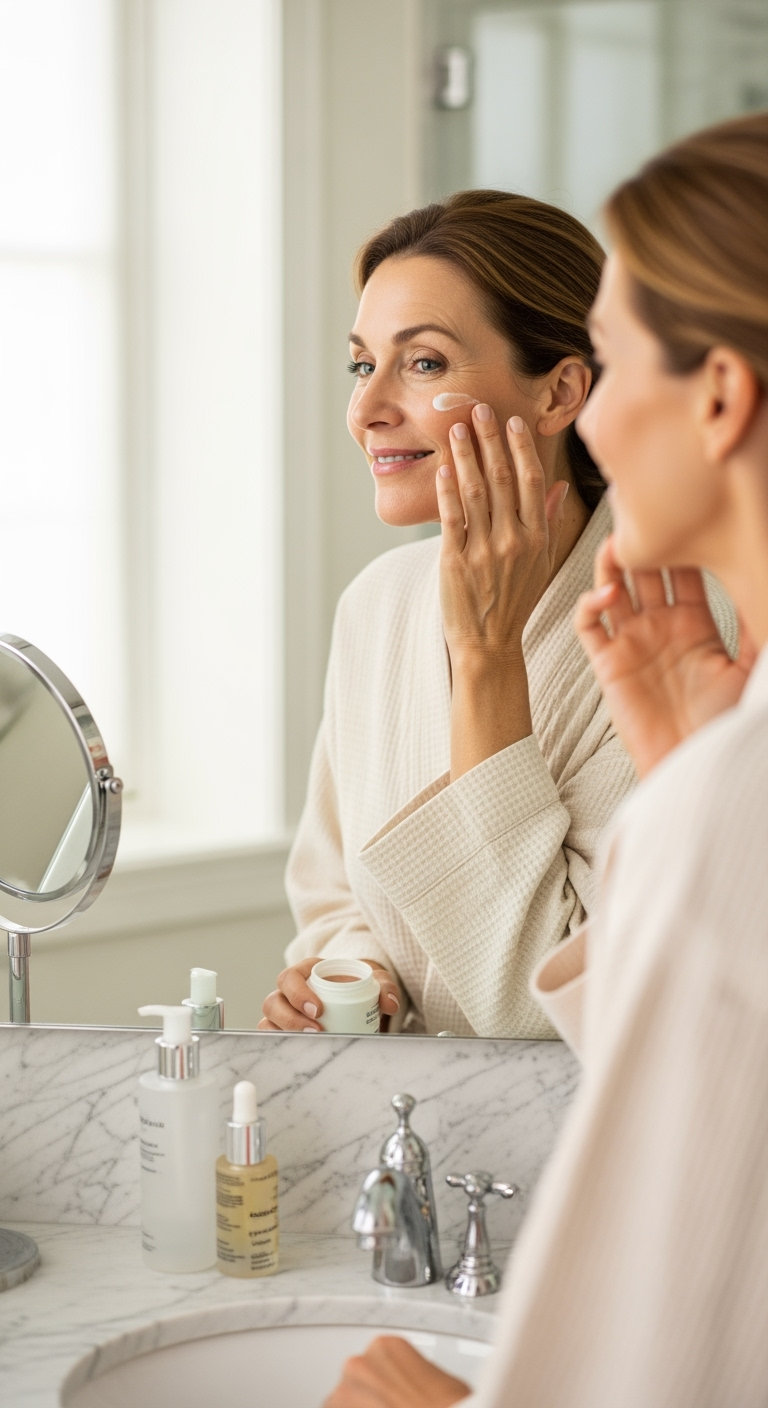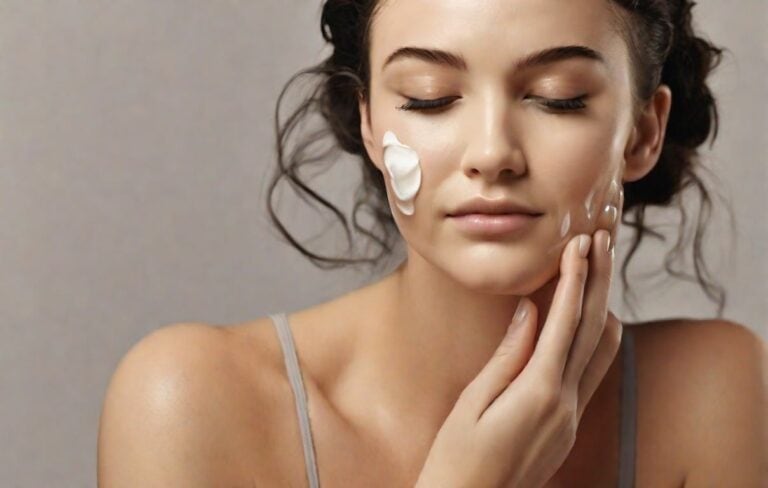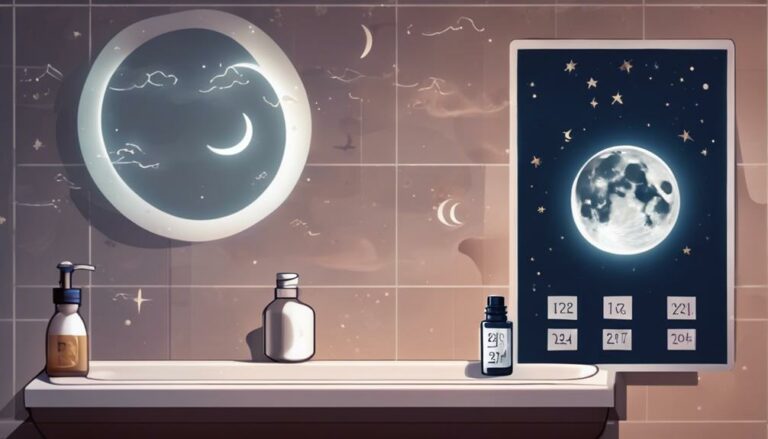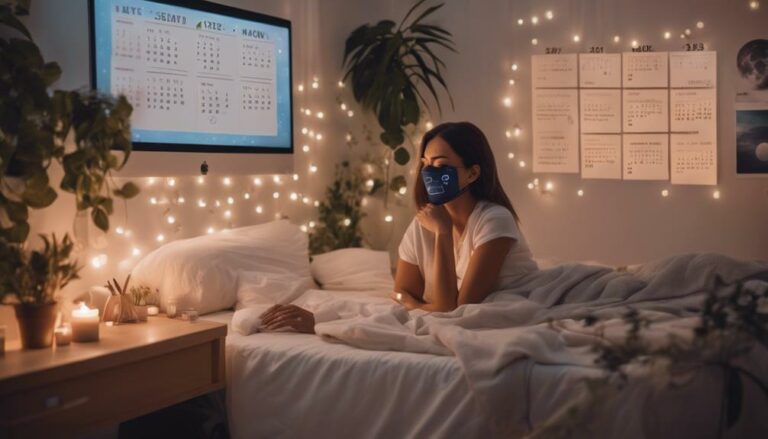When to Use Azelaic Acid in Your Routine: A Gal’s Guide to Glowing Skin
Hey there, skincare enthusiasts! Pull up a chair, grab your favorite face mask, and let’s chat about one of the unsung heroes of the skincare world – azelaic acid. Now, I know what you’re thinking: “Another acid? Girl, my bathroom cabinet is already overflowing!” But trust me, this one’s worth making room for.
So, buckle up, buttercup! We’re about to embark on a journey through the wonderful world of azelaic acid, and by the end of this, you’ll know exactly when and how to incorporate it into your skincare routine. Let’s get glowing!
What in the World is Azelaic Acid?

Before we dive into the when and how, let’s talk about the what. Azelaic acid is a dicarboxylic acid that occurs naturally in grains like barley, wheat, and rye. But don’t worry, we’re not going to be smearing bread on our faces (although, let’s be honest, we’ve all tried weirder things in the name of beauty).
In skincare, azelaic acid is typically lab-created to ensure purity and effectiveness. It’s like the overachieving student of the acid world – it does a little bit of everything, and it does it well.
The Superpower Benefits of Azelaic Acid

Okay, so what makes azelaic acid so special? Grab a snack, because this list is pretty impressive:
- Fights Acne: It’s antibacterial and helps unclog pores. Bye-bye, breakouts!
- Reduces Inflammation: Got redness? Azelaic acid can help calm that down.
- Fades Hyperpigmentation: It inhibits melanin production, helping to even out your skin tone.
- Gentle Exfoliation: It helps slough off dead skin cells, but in a much gentler way than some other acids.
- Rosacea Fighter: It’s one of the few ingredients proven to help with rosacea symptoms.
- Antioxidant Properties: It helps protect your skin from environmental damage.
I mean, come on! Is there anything this acid can’t do? (Spoiler: It can’t do your taxes. I tried.)
Who Should Use Azelaic Acid?

The beauty of azelaic acid is that it’s suitable for most skin types. Whether you’re oily, dry, combination, or sensitive, this acid could have a place in your routine. It’s particularly great for:
- People with acne-prone skin
- Those dealing with rosacea
- Anyone battling hyperpigmentation
- Sensitive souls who find other acids too harsh
But here’s the kicker – even if you don’t fall into any of these categories, azelaic acid can still be a great addition to your routine for its gentle exfoliating and antioxidant properties. It’s like the Swiss Army knife of skincare!
When to Use Azelaic Acid: Timing is Everything

Alright, now we’re getting to the good stuff. When exactly should you be slathering this miracle acid on your face? Let’s break it down:
Morning or Night?
Here’s the cool thing about azelaic acid – it’s not photosensitizing. In plain English, that means it doesn’t make your skin more sensitive to the sun. So, you can use it in the morning or at night, or even both if your skin tolerates it well.
Personally, I like to use it in the morning. Here’s why:
- It plays well with other skincare ingredients, including vitamin C and sunscreen.
- Its antioxidant properties provide an extra layer of protection against environmental stressors during the day.
- If you’re using other active ingredients at night (like retinol), using azelaic acid in the morning helps spread out your actives.
But hey, if nighttime works better for you, go for it! The best skincare routine is one you’ll actually stick to.
Where in Your Routine?
Now, let’s talk about where azelaic acid fits in your skincare lineup. Here’s a general guide:
- Cleanse
- Tone (if you use a toner)
- Azelaic Acid
- Moisturizer
- Sunscreen (in the AM)
If you’re using a serum, you can apply that before or after the azelaic acid, depending on the consistency. Remember the golden rule of skincare: apply products from thinnest to thickest consistency.
How Often?
When you’re first starting out, it’s best to ease into it. Try using azelaic acid every other day for a week or two, then gradually increase to daily use if your skin tolerates it well.
Some people can use azelaic acid twice daily, but I’d recommend starting with once a day and seeing how your skin reacts. Remember, skincare is not a one-size-fits-all situation. You do you, boo!
Azelaic Acid and Other Ingredients: The Perfect Skincare Cocktail

One of the things I love most about azelaic acid is how well it plays with other skincare ingredients. It’s like that friend who gets along with everyone at the party. Let’s look at some power couples:
Azelaic Acid and Niacinamide
This duo is a match made in skincare heaven. Both ingredients help with hyperpigmentation and acne, and they work synergistically to give you that glow-from-within look. Plus, niacinamide can help reduce any potential irritation from the azelaic acid. Talk about a power couple!
Azelaic Acid and Vitamin C
Another dynamic duo! Both are antioxidants that help brighten the skin and fade dark spots. Using them together in the morning can give your skin a one-two punch of protection against environmental damage.
Azelaic Acid and Hyaluronic Acid
If you’re worried about dryness, pair your azelaic acid with hyaluronic acid. The HA will help keep your skin hydrated while the azelaic acid works its magic.
Azelaic Acid and Retinol
While you can use these two together, it’s best to separate them to avoid potential irritation. Use azelaic acid in the morning and retinol at night. It’s like they’re working different shifts to keep your skin looking its best 24/7!
When Not to Use Azelaic Acid

Okay, let’s talk about when you might want to press pause on the azelaic acid:
- If You’re Pregnant or Breastfeeding: Always check with your doctor, but azelaic acid is generally considered safe during pregnancy and breastfeeding. Still, better safe than sorry!
- If You Have Very Sensitive Skin: While azelaic acid is gentler than many other acids, it can still cause irritation in some people. If your skin is super sensitive, start with a lower concentration and patch test first.
- If You’re Using a Lot of Other Active Ingredients: If your routine is already packed with actives, adding azelaic acid might be too much. Remember, sometimes less is more in skincare!
- If You’re About to Get a Lot of Sun Exposure: While azelaic acid isn’t photosensitizing, it can make your skin more sensitive in general. If you’re heading to the beach for a week, maybe press pause on the azelaic acid.
How to Incorporate Azelaic Acid into Your Routine: A Step-by-Step Guide
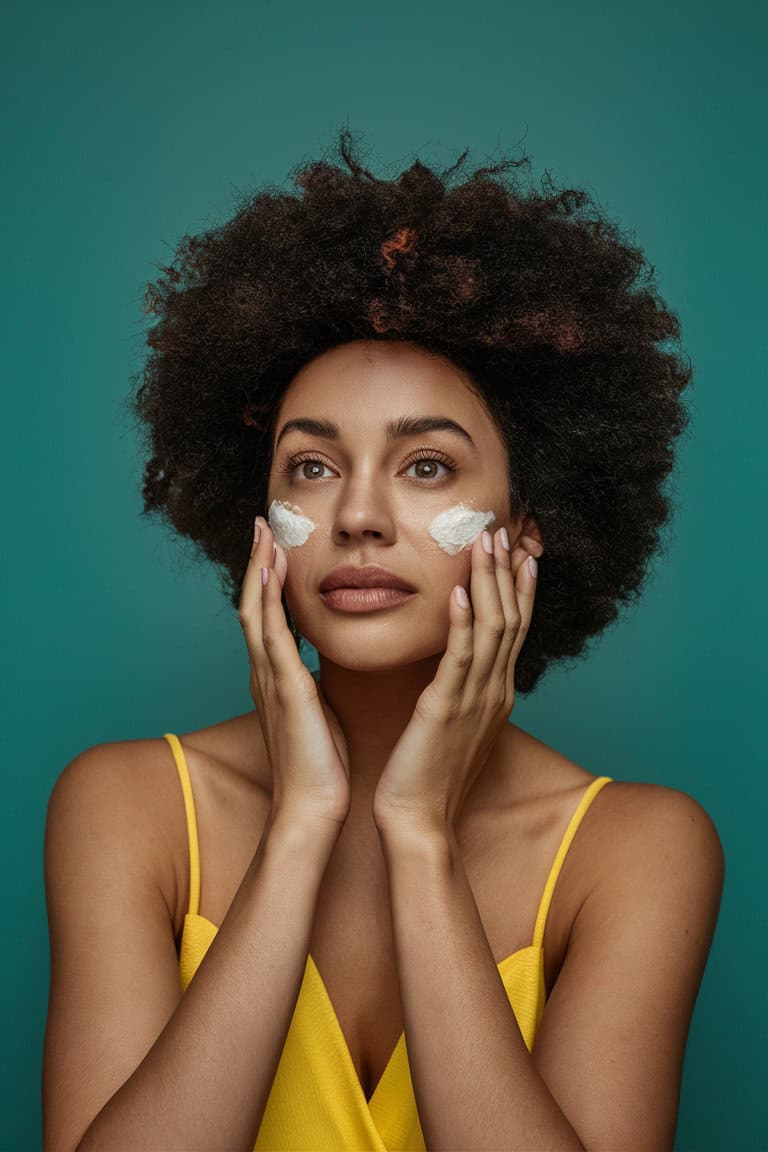
Alright, you’re convinced. You want to give azelaic acid a shot. But how do you actually add it to your routine without turning your bathroom into a chemistry lab? Don’t worry, I’ve got you covered!
Step 1: Choose Your Product
Azelaic acid typically comes in concentrations ranging from 10% to 20%. If you’re new to it, start with a lower concentration. Some popular options include:
- The Ordinary Azelaic Acid Suspension 10%
- Paula’s Choice 10% Azelaic Acid Booster
- Drunk Elephant Protini Powerpeptide Resurfacing Serum (which combines azelaic acid with other beneficial ingredients)
Step 2: Patch Test
I know, I know. Patch testing is about as exciting as watching paint dry. But trust me, your skin will thank you. Apply a small amount of the product to a discreet area (like behind your ear) and wait 24 hours to see if you have any reaction.
Step 3: Start Slow
Begin by using your azelaic acid product every other day. This gives your skin time to adjust and reduces the risk of irritation.
Step 4: Apply Correctly
After cleansing and toning, apply a pea-sized amount of your azelaic acid product to your entire face. If you’re using it in the morning, follow with moisturizer and sunscreen.
Step 5: Monitor Your Skin
Pay attention to how your skin reacts. A little tingling is normal, but if you experience persistent redness, burning, or irritation, reduce the frequency of use or discontinue.
Step 6: Gradually Increase Usage
If your skin is tolerating the azelaic acid well, you can start using it daily after a couple of weeks.
Step 7: Be Patient
Like all good things in life (and skincare), results take time. Give it at least 8-12 weeks of consistent use before you judge the results.
The Azelaic Acid Glow-Up: What to Expect

So, you’ve added azelaic acid to your routine. What kind of results can you expect? Well, my glowing friend, here’s what you might notice:
- Weeks 1-2: Your skin might feel smoother, and you might see a reduction in inflammation if you have acne or rosacea.
- Weeks 3-4: You might start to notice fewer breakouts and a more even skin tone.
- Weeks 5-8: Hyperpigmentation may start to fade, and your overall skin texture should be improving.
- Weeks 9-12: By now, you should be seeing significant improvements in your skin concerns. Acne should be reduced, skin tone should be more even, and your skin should have a healthy glow.
Remember, everyone’s skin is different, so your timeline might vary. The key is consistency!
Troubleshooting: When Azelaic Acid Goes Rogue

Okay, let’s talk about what to do if things don’t go according to plan. While azelaic acid is generally well-tolerated, sometimes our skin likes to throw a curveball. Here are some common issues and how to deal with them:
Irritation or Redness
If your skin feels irritated or looks red after using azelaic acid, try these steps:
- Reduce the frequency of use. Go back to every other day or even every third day.
- Apply moisturizer before the azelaic acid to buffer it.
- Mix the azelaic acid with your moisturizer to dilute it slightly.
If irritation persists, it might be time to take a break or try a lower concentration.
Dryness or Flaking
Azelaic acid can be drying for some people. If you’re experiencing dryness:
- Make sure you’re using a good moisturizer.
- Consider adding a hyaluronic acid serum to your routine for extra hydration.
- You might need to reduce the frequency of use, especially during drier months.
Not Seeing Results
If you’ve been using azelaic acid consistently for 12 weeks and aren’t seeing results:
- Make sure you’re using it correctly and consistently.
- Consider increasing the concentration (after consulting with a dermatologist).
- Remember that skincare is complex – you might need to address other factors like diet, stress, or hormones.
The Azelaic Acid Glow: Maintaining Your Results

Congratulations! You’ve navigated the world of azelaic acid and your skin is looking fan-freaking-tastic. But how do you maintain these results? Here are some tips:
- Stay Consistent: Keep using your azelaic acid product regularly. Skincare is a marathon, not a sprint!
- Don’t Neglect Other Skincare Steps: Azelaic acid is great, but it’s not a miracle worker. Make sure you’re cleansing, moisturizing, and using sunscreen daily.
- Keep Up with a Healthy Lifestyle: Remember, great skin starts from within. Stay hydrated, eat a balanced diet, get enough sleep, and manage stress.
- Don’t Overdo It: More is not always better in skincare. Stick to the recommended usage and resist the urge to slather on extra product.
- Adjust as Needed: Your skin’s needs can change with the seasons, hormones, or stress levels. Be prepared to adjust your routine as needed.
The Bottom Line: Is Azelaic Acid Right for You?

After all this, you might be wondering: “Is azelaic acid really worth adding to my already complicated skincare routine?” Well, my friend, that’s a decision only you (and maybe your dermatologist) can make.
Here’s my two cents: If you’re dealing with acne, rosacea, hyperpigmentation, or just want to up your glow game, azelaic acid is definitely worth a try. It’s gentle enough for most skin types, plays well with other ingredients, and has a impressive list of benefits.
But remember, skincare is personal. What works for me might not work for you, and vice versa. The most important thing is to listen to your skin, be patient, and have fun with it!
Wrapping It Up: Your Azelaic Acid Cheat Sheet
Whew! We’ve covered a lot of ground, haven’t we? Let’s wrap this up with a quick cheat sheet:
- What: Azelaic acid is a gentle yet effective skincare ingredient that fights acne, reduces inflammation, fades hyperpigmentation, and more.
- When: You can use it morning or night (or both), after cleansing and toning, but before moisturizing.
- How Often: Start with every other day, gradually increasing to daily use as tolerated.
- Who: It’s suitable for most skin types, especially those dealing with acne, rosacea, or hyperpigmentation.
- Why: Because who doesn’t want clearer, brighter, more even-toned skin?
Remember, the journey to great skin is a marathon, not a sprint. Be patient, be consistent, and most importantly, have fun with it! After all, skincare should be a form of self-care, not a chore.
So go forth and glow, my azelaic acid apprentices! And if anyone asks about your suddenly radiant complexion, just wink and say it’s your little secret. Your skincare stash and I will never tell!


